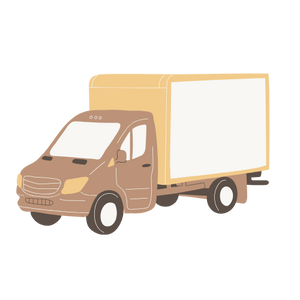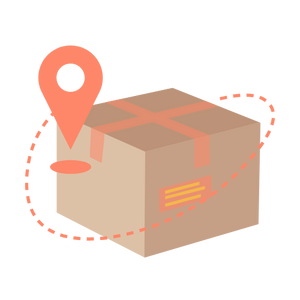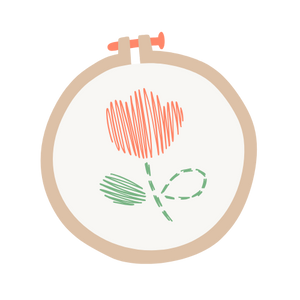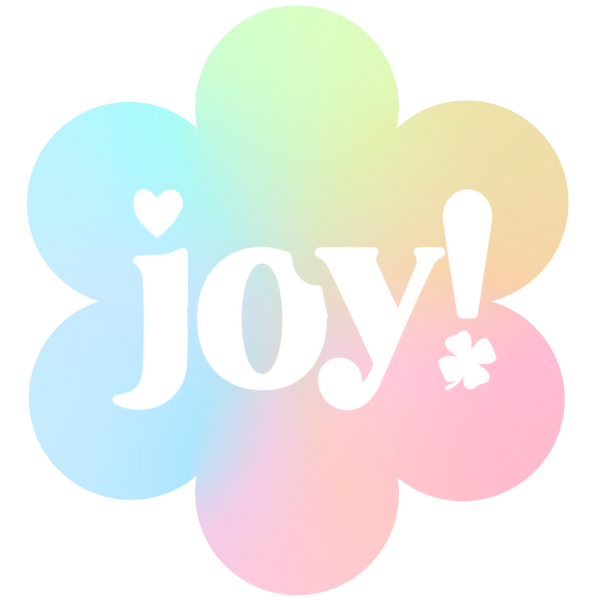Fast & tracked delivery
Your dose of creativity arrives quickly at your home, you can track your package right to your mailbox.

Think embroidery is complicated or reserved for sewing experts? It's not! Hand embroidery is a simple and accessible craft that requires very little material to get started.
The main thing is to take things easy : there's no need to know how to sew or to have already touched a thread, embroidery is discovered gently and everyone progresses at their own pace.

Before you get started, here is the list of essentials to plan for:
To get started faster, check out our beginner embroidery kits , which already contain all the necessary materials.
🪡 Explore our embroidery kitsBefore you start embroidering, it is essential to prepare your support well:
👉 You can embroider on many materials: classic canvas, but also household linens, clothing or textile accessories (tote bag, pencil case, pouch). This allows you to easily personalize your creations.
To get started in embroidery, focus on a few simple embroidery techniques :

Everything you need to learn embroidery easily : fabric, threads, needles, hoop, and patterns included. Ideal for getting started without stress and progressing step by step.
🧵 See our embroidery kitsWhen you start out, it's best to choose simple and quick projects to gain confidence:
To move forward calmly and avoid the little pitfalls:
You're not alone in your learning! There are many free or accessible resources to help you with your first steps:
Combien de temps faut-il pour réaliser un petit projet de broderie ?
En moyenne, quelques heures suffisent pour terminer un petit modèle à broder (comme une fleur ou une initiale). Avec un kit débutant, proposé par Joy, vous pouvez obtenir un joli résultat en une après-midi, parfait pour se motiver et progresser.
Quelle toile choisir pour débuter ?
Aida cloth is the easiest to start with thanks to its regular squares. Cotton fabric is also available. Linen fabric, which is finer, requires a little more precision. JOY! beginner embroidery kits usually include a fabric suitable for beginners.
Is embroidery suitable for children/teenagers?
Yes, as soon as they are old enough to handle a needle safely. Embroidery develops patience, creativity, and concentration. Additionally, some beginner kits are designed to be accessible to younger children, with simple and colorful designs.
What embroidery accessories make it easier to practice?
An embroidery hoop to stretch the canvas, precision scissors , a Frixion pen to trace the designs, or even a needle holder to organize your materials. These accessories are often grouped together in complete kits, like those offered by Joy, to simplify the first steps.
Commodo lorem morbi aliquam dui turpis. Iaculis pretium poses nulla tincidunt blandit. A at elementum faucibus integer.

Your dose of creativity arrives quickly at your home, you can track your package right to your mailbox.

Got a problem? Don't panic, you have 15 days to change your mind.

Creative activities for young and old (from 0 to 77 years old!), perfect for disconnecting from screens and spending real time together.

JOY! is fun, colorful, and a touch of madness to dust off your creative leisure activities!
